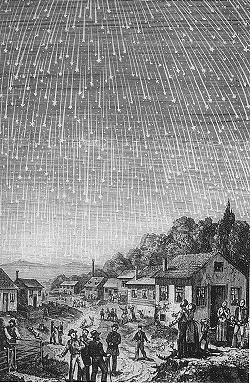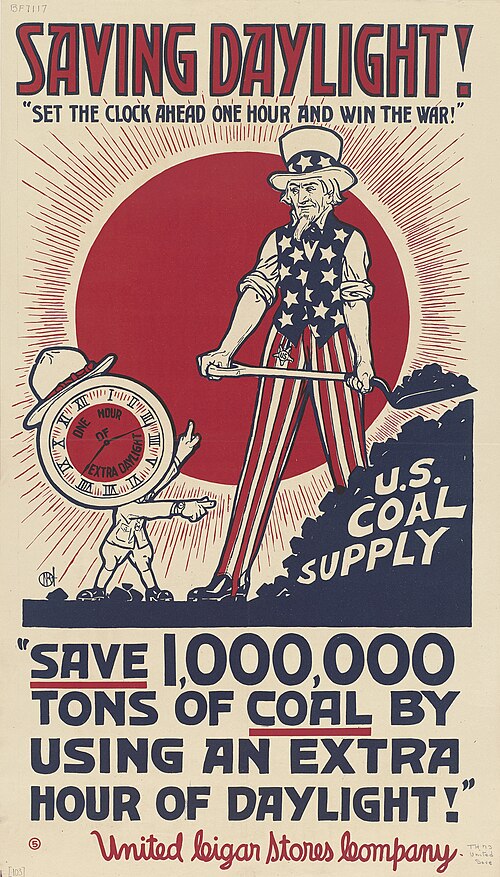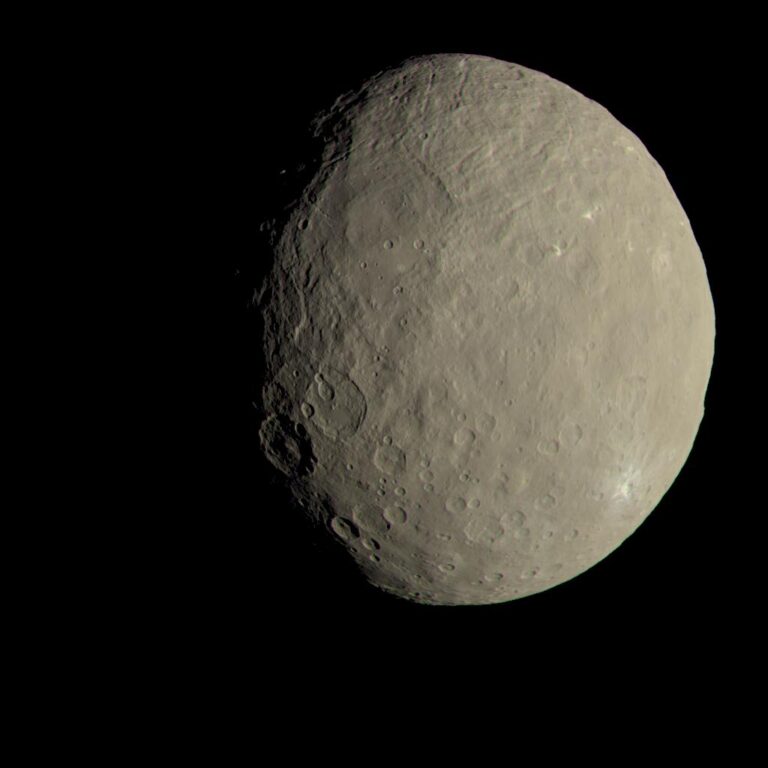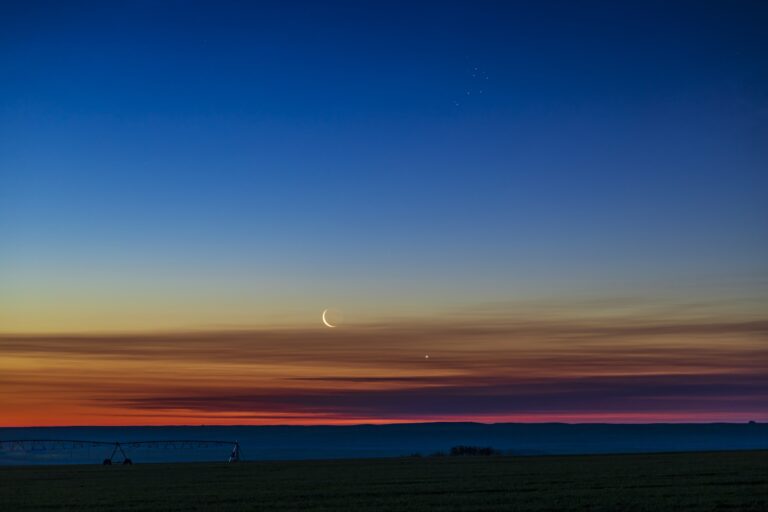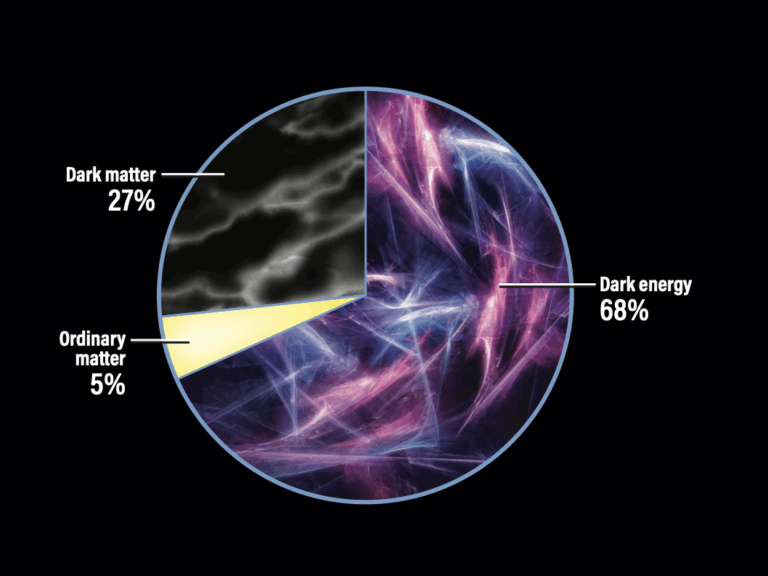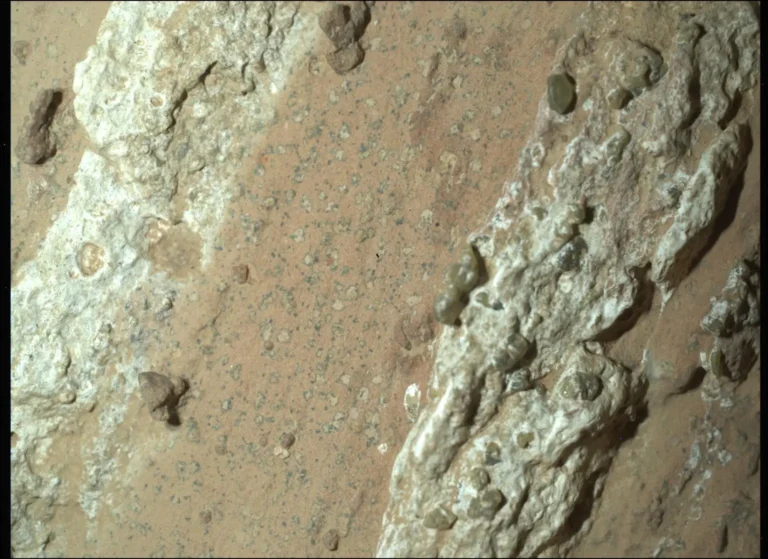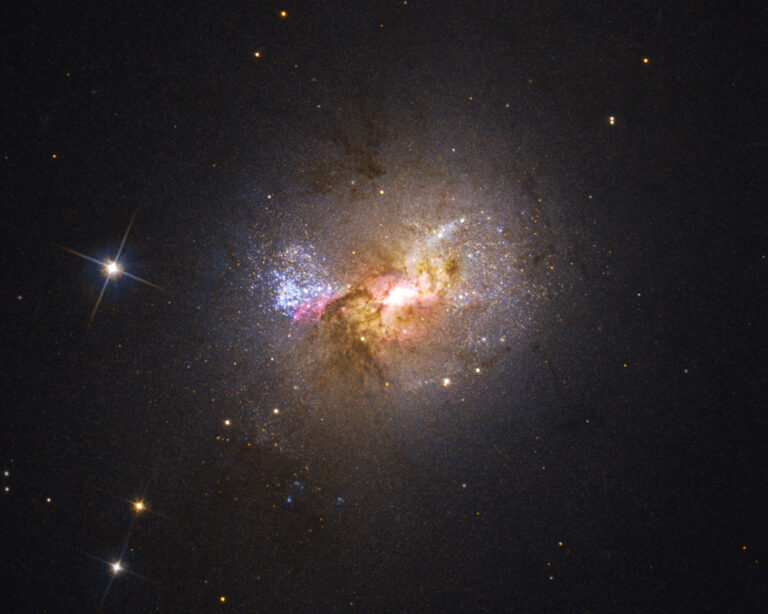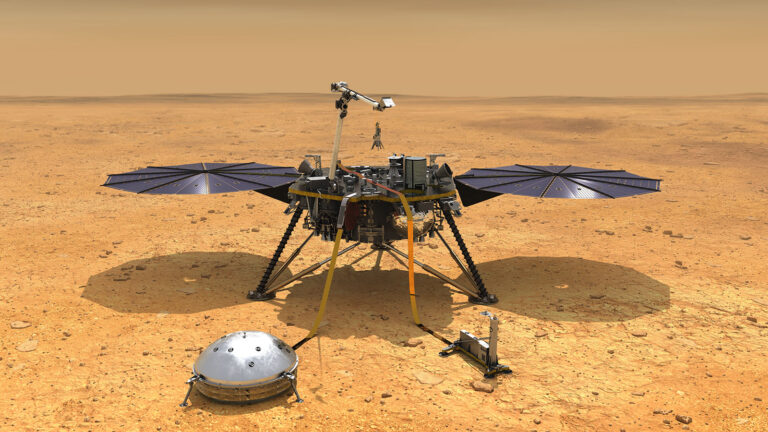Key Takeaways:
Based on what I know, only the Leonid storm of 1966 possibly matched the outburst of 1833. I didn’t see it personally, but some of those who witnessed the event likened it to being on the outside of the starship Enterprise while moving at warp speed, watching the stars streak by. Even so, I don’t think any meteor shower observed since can compare to the one in 1833. In a very real sense, it gave birth to meteor science. It was so spectacular that astronomers seriously began looking at what causes meteor showers, which, of course, led them to the connection with comets. Also, the written descriptions of the event are so dramatic that one cannot but believe that the sky looked like it was coming apart that morning back in November of 1833. Here’s one eyewitness report, cited by George Chambers in his 1889 astronomy handbook:
“I heard a faint voice near the door, calling my name. . . . Beseeching me to rise, and saying ‘O my God, the world is on fire!’ I then opened the door. . . . Upwards of 100 lay prostrate on the ground . . . with their hands raised, imploring God to save the world and them. The scene was truly awful; for never did rain fall much thicker than the meteors fell towards the Earth; east, west, north and south, it was the same.” — BILL COOKE, MARSHALL SPACE FLIGHT CENTER

